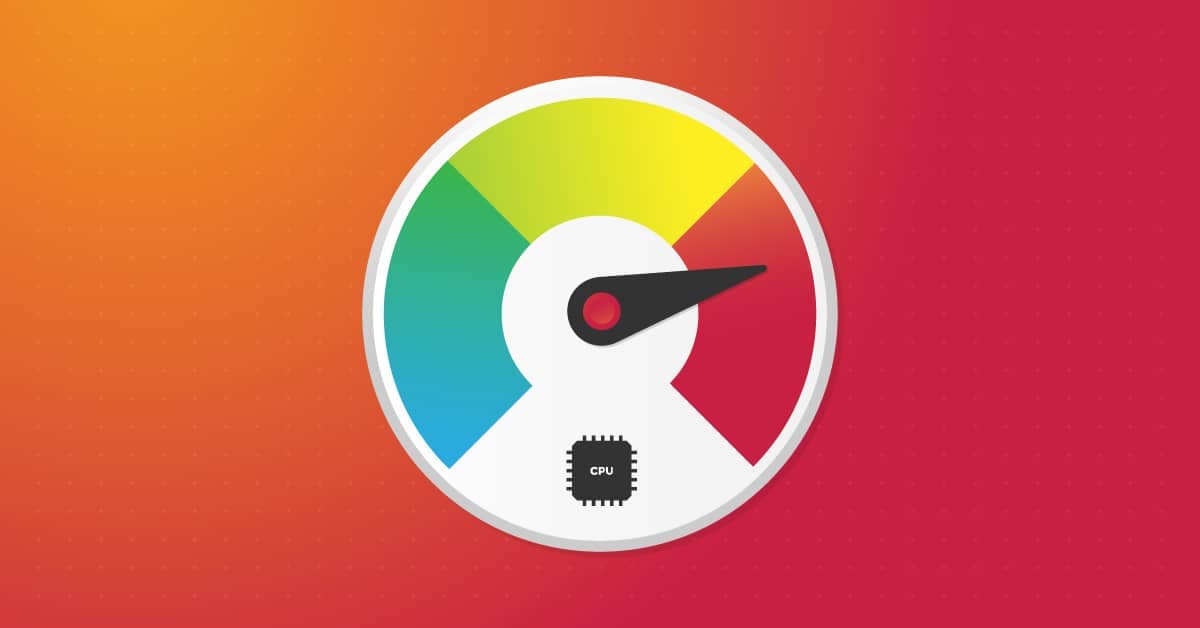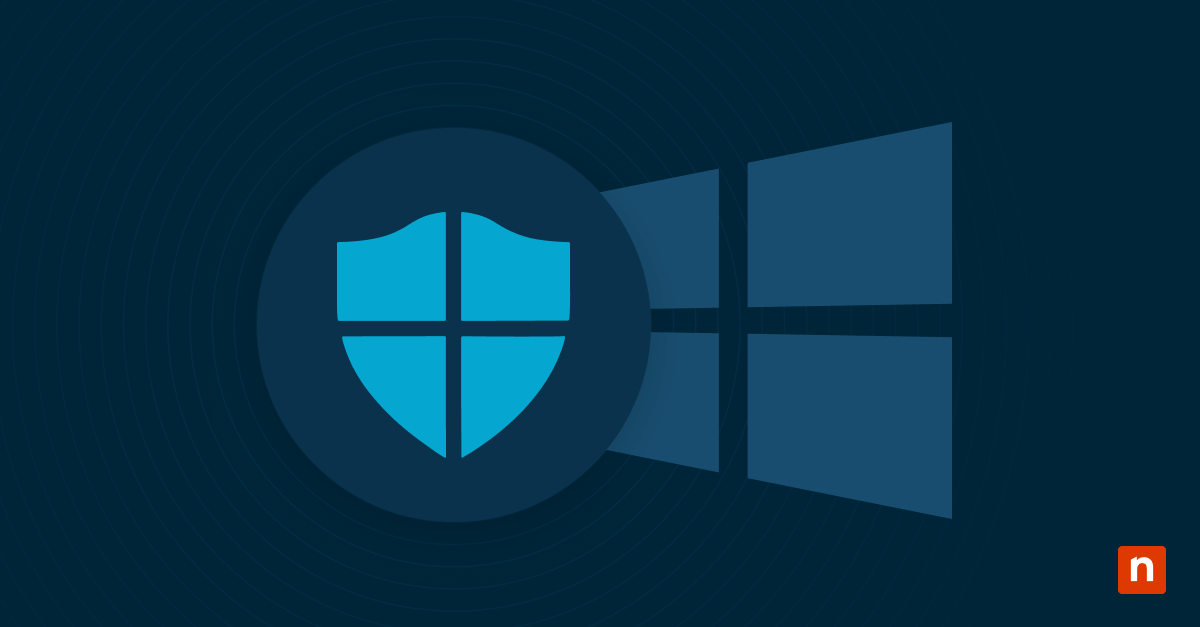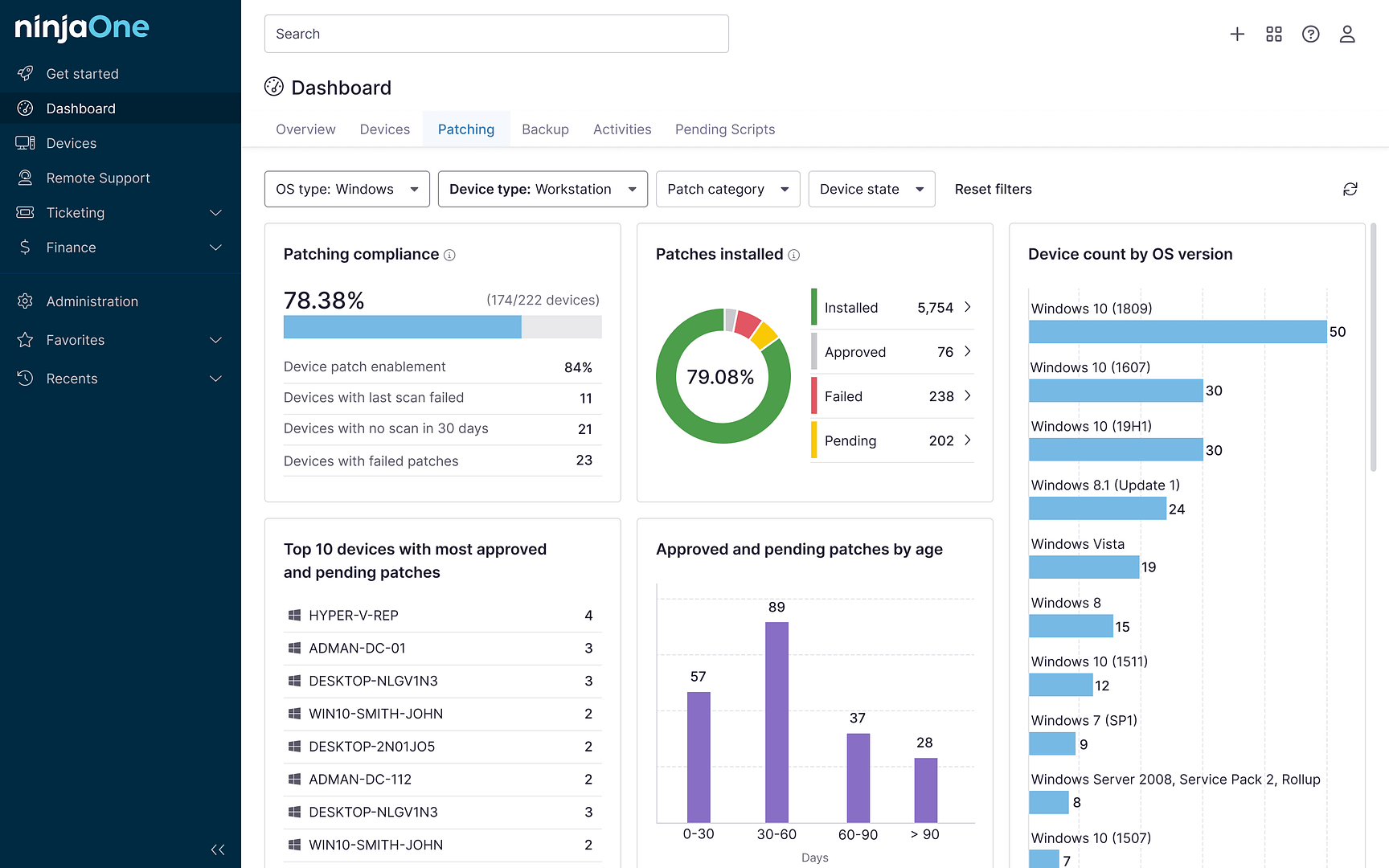Did you know that Windows notifications were once the bane of PC gamers? That’s until Microsoft introduced Windows Game Mode in 2017. The feature helps reallocate CPU and GPU resources to your game. It also defers driver installations and system notifications.
However, Windows 10 Game Mode has been reported to cause performance issues occasionally. Thus, you may be implored to switch it off or reset its custom settings to default. The program may also stop working after a system update, likewise, prompting a reset. With that in mind, here are the steps to configure Game Mode on your Windows device.
Reset Game Mode settings in Windows 10
If Game Mode causes issues, you can disable it using Windows Settings, the Registry Editor, or PowerShell.
Disable or Enable Game Mode using the Windows Settings
Windows Settings offers a quick and straightforward way to enable or disable Game Mode. Check it out:
- Open Settings (Windows + I)
- Navigate to Gaming
- Go to the Game Mode panel. Tap the Reset button and confirm.
That’s it. You can also toggle Game Mode on or off from this menu, which you might find handy when testing its compatibility with games, other settings, or fresh system updates.
Disable or Enable Game Mode using the Registry Editor
If you have an earlier version of Windows 10, you have to use the Registry Editor to configure Game Mode settings. Here’s how:
- Type regedit in Windows Search to open the Registry Editor
- Navigate to HKEY_CURRENT_USER\Software\Microsoft\GameBar
- Look for the AllowAutoGameMode key. Set its value to 0 and close the Registry
- Reboot your PC to apply the changes.
💡 Tip: Before you start, back up the Windows Registry to undo unwanted changes.
⚠️ Warning: Exercise caution when editing registry entries. Incorrect changes can potentially cause system instability.
When to reset Game Mode settings
Resetting Game Mode settings revert all personalized game-related settings to default. This includes custom settings you set for each game that has previously used the program. Resetting Game Mode settings is useful when troubleshooting a related issue or testing the performance of a new game
How to check if Game Mode is enabled
To check whether Game Mode is active or to enable or disable it, you can use Windows Settings.
- Open Settings (Windows + I)
- Navigate to Gaming
- Go to Game Mode to see if it’s toggled on or off (it’s on by default).
That’s it. You can also toggle Game Mode on or off from this menu, which you might find handy when testing its compatibility with games, other settings, or fresh system updates.
Troubleshooting common Game Mode issues
If you encounter further issues while configuring your Game Mode settings, see if these common troubleshooting pointers can get you unstuck.
Game Mode still doesn’t work properly after reset
If Game Mode continues to cause issues after reverting to its default settings, consider disabling it and focusing on manual optimization of in-game and other built-in performance settings. Navigate to Settings > Gaming > Game Mode to toggle this feature off.
Game Mode is missing from Settings
Check if there’s a pending Windows feature update. Install it and confirm if Game Mode is back in the Settings. If not, you may need to download the Media Feature Pack that matches the version of Windows 10 you’re running. Reboot your PC after installing the files.
Certain games perform worse with Game Mode on
If you’ve tested that the game performs better without Game Mode, you can disable it through Settings > Gaming > Game Mode. Toggle Game Mode off to disable it completely for all programs.
Best practices for using Game Mode
Game Mode is very convenient when it works! Luckily, most games are compatible with Windows’ built-in tool, and you can pair it with a few other settings to get a better gaming experience.
Test game performance with or without Game Mode
Some games may need Game Mode more than others, while some operate as intended without it. When installing or playing a new game version for the first time, you can toggle Game Mode to see how it impacts the application. You don’t have to use Game Mode if you think the game is already in its best settings and performance.
Keep Windows and GPU drivers updated for best performance
Game Mode works best if your GPU drivers are up-to-date. Ensuring the GPU is in its latest version also prevents compatibility issues with Game Mode and the game itself. You can visit the GPU manufacturer’s website (e.g., NVIDIA GeForce, AMD Radeon) or manually update the driver using Device Manager.
Use Game Mode with other performance optimization settings
Apart from Game Mode, you can configure a few other native settings on your Windows device to boost gaming performance. For example, you can tweak the game’s video settings if the device doesn’t have the optimal specifications to run the game in max settings.
Reducing graphic details and disabling anti-aliasing can help the game run smoothly in exchange for less life-like visuals. You can also turn these settings to the lowest variables and slowly upscale until you find the desired balance between graphics and FPS performance.
Consider third-party performance monitoring tools
The GPU manufacturer has a dedicated app to optimize the hardware’s performance, which you can use together or in place of the built-in Game Mode. You can take this approach with other third-party “game booster” software and fine-tune the setup per game.
You may also consider keeping only one of the applications if most of their features overlap.
Game Mode FAQs
-
Does resetting Game Mode delete any game data?
Game data will not be affected when resetting Game Mode settings.
-
Can I permanently disable Game Mode if it doesn’t help?
You can disable Game Mode by turning it off in Settings > Gaming. Toggle Game Mode off to deactivate it until you turn it back on.
Depending on the Windows 10 version you’re running, you can disable Game Mode for a specific game. While the game is running, press Windows + G to open the Game Bar and toggle Game Mode on or off for the active game.
-
Will Game Mode work on all games?
Game Mode is designed to optimize most games.
With that said, some games run better with Game Mode settings turned off or the game itself is not supported. There are also instances when Game Mode or Game Bar cannot detect an active app as a game.
You may be prompted to confirm whether you’d like the app to be registered as a game before you can use gaming optimizations.
-
How does Game Mode affect CPU and GPU performance?
Game Mode reallocates CPU and GPU resources to the game you’re playing. Hence, some background apps and services unrelated to the game may be disabled to meet performance requirements.
-
Can Game Mode improve gaming performance on older PCs?
Game Mode can optimize the performance of your hardware, but the results will still be limited to the settings and specifications of installed components. Game Mode will not be able to boost your PC to run games that have advanced system requirements.
Reminder: After October 14, 2025, Microsoft will stop deploying free regular software updates, technical assistance, or security fixes for Windows 10. Here’s our handy guide to preparing for Windows 10 EOL.
Optimizing your gaming experience in Windows 10
Game Mode offers a quick way to optimize games on any Windows PC. However, you shouldn’t treat it as a one-size-fits-all solution since performance varies depending on hardware and software limitations. Some games may need additional software optimization, while others run better without Windows’ built-in game booster.
Testing your games with or without Game Mode enabled is a good practice whenever a new game or update has been installed. With this in mind, consider that the Game Mode settings may need to be adjusted depending on the game, or it may require minor in-game or system optimization to achieve the best results.








